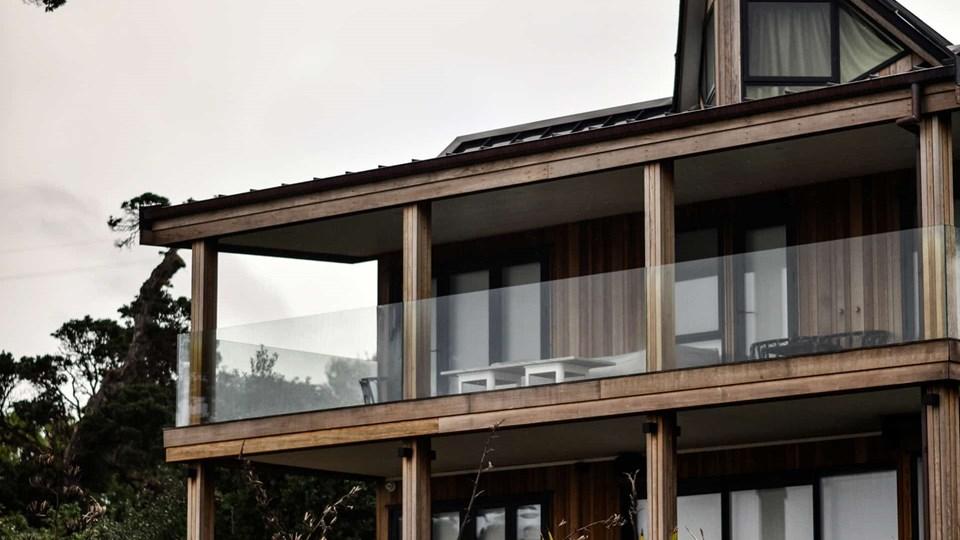Passive homes are a revolutionary concept in the realm of sustainable construction, designed to drastically reduce energy consumption. These homes are built with the aim of achieving optimal energy efficiency, making them a popular choice for those seeking to minimize their carbon footprint. In this guide, we delve into the principles of energy conservation in passive homes and how these homes achieve such impressive energy efficiency.
To better understand the concept of passive homes, it is recommended to read about the fundamentals of a passive house.
Principles of Energy Conservation in Passive Homes
Passive homes are built following a set of design principles that prioritize energy conservation. These principles include superior insulation, airtight construction, energy-efficient windows, and ventilation systems that ensure a steady supply of fresh air. For a more detailed explanation of these principles, you can visit this comprehensive guide.
How Passive Homes Achieve Energy Efficiency
Passive homes achieve energy efficiency by minimizing the need for artificial heating and cooling. The design elements of these homes work together to maintain a comfortable indoor temperature throughout the year, reducing the need for energy-intensive HVAC systems.
In conclusion, passive homes represent a significant leap forward in sustainable construction. By adopting the principles of passive design, homeowners can enjoy comfortable living conditions while minimizing their energy consumption and environmental impact.
To take the next step in sustainable living, you can charge Ring cams sustainably or explore how to achieve true home efficiency.






